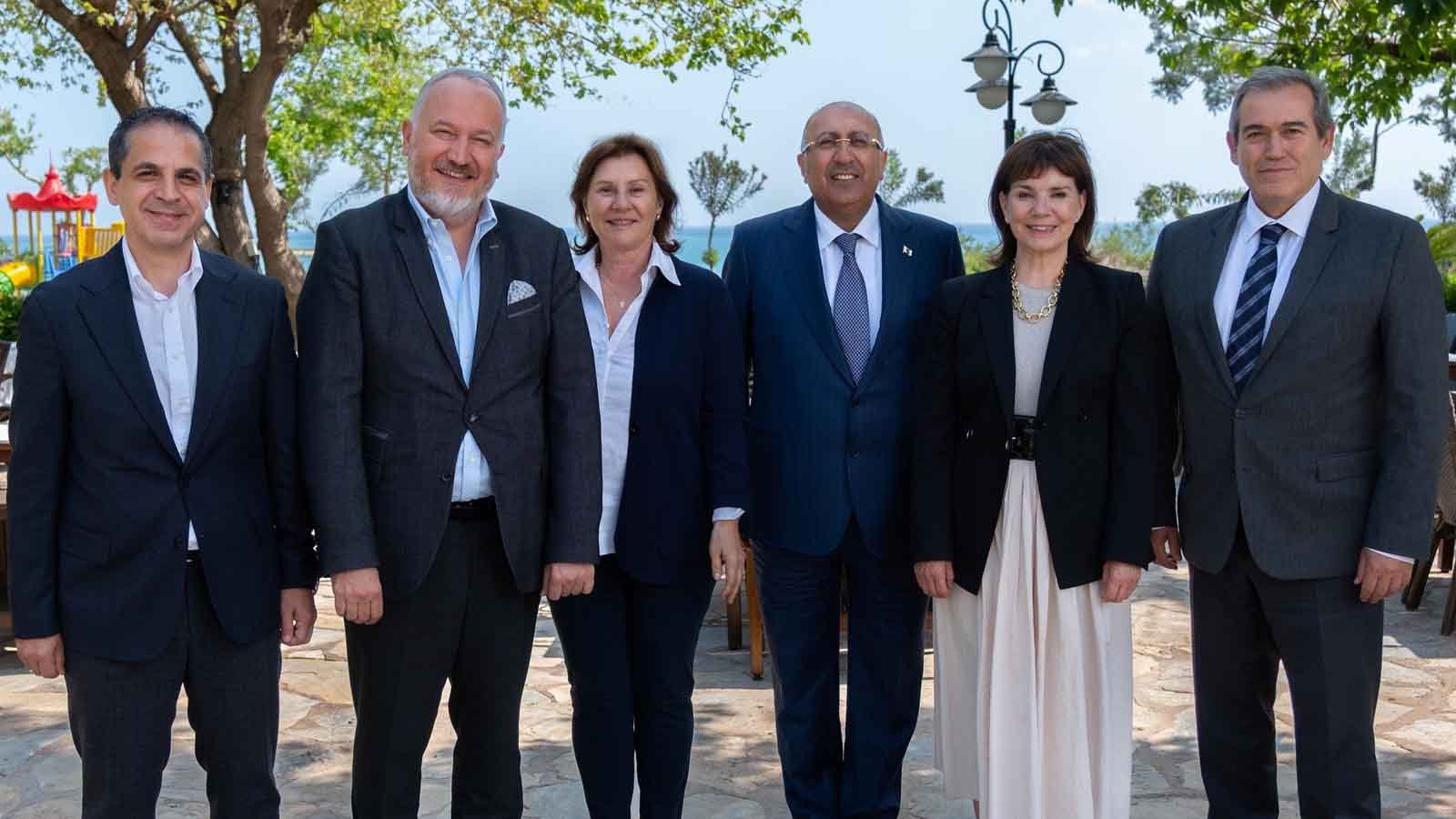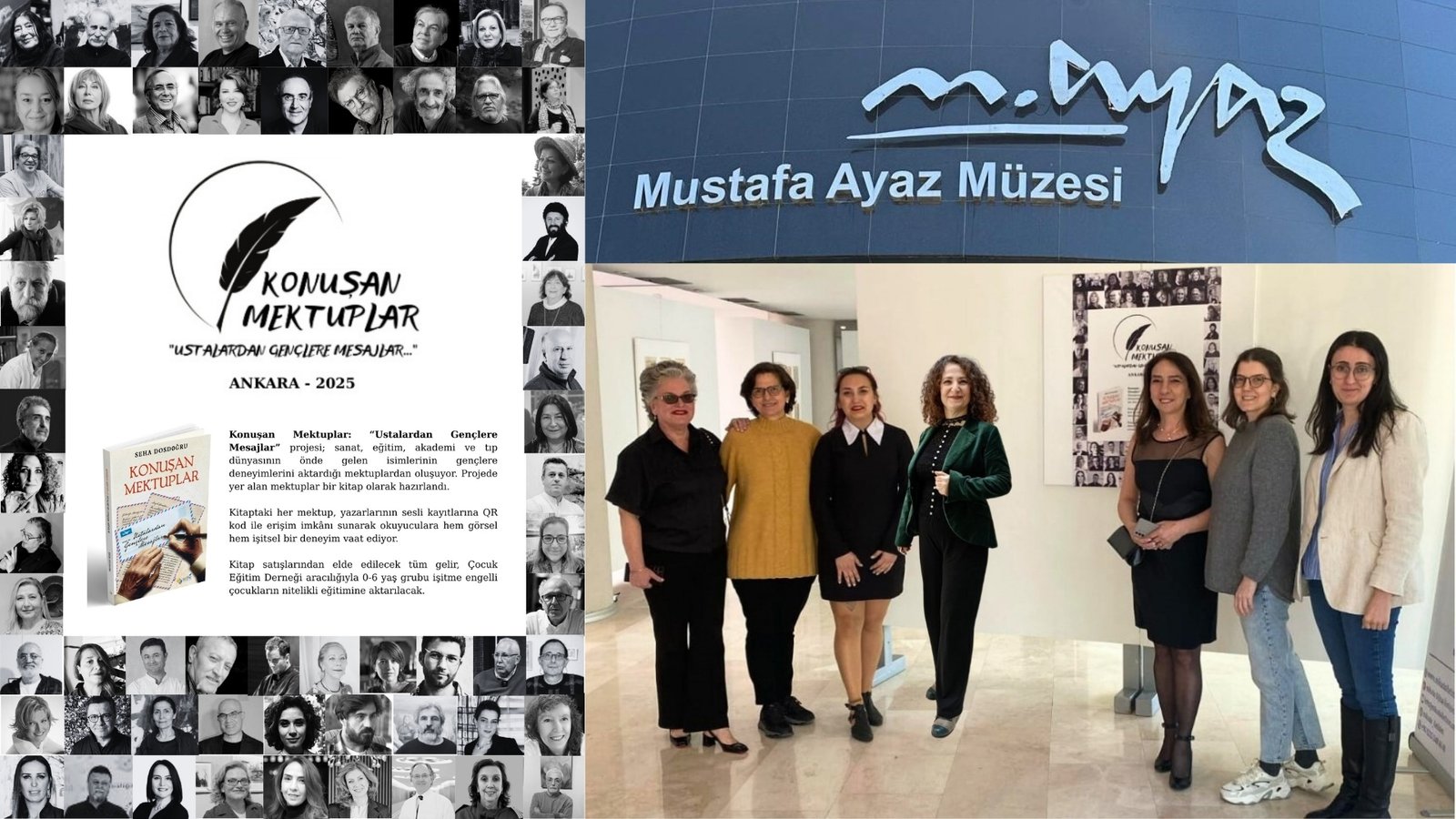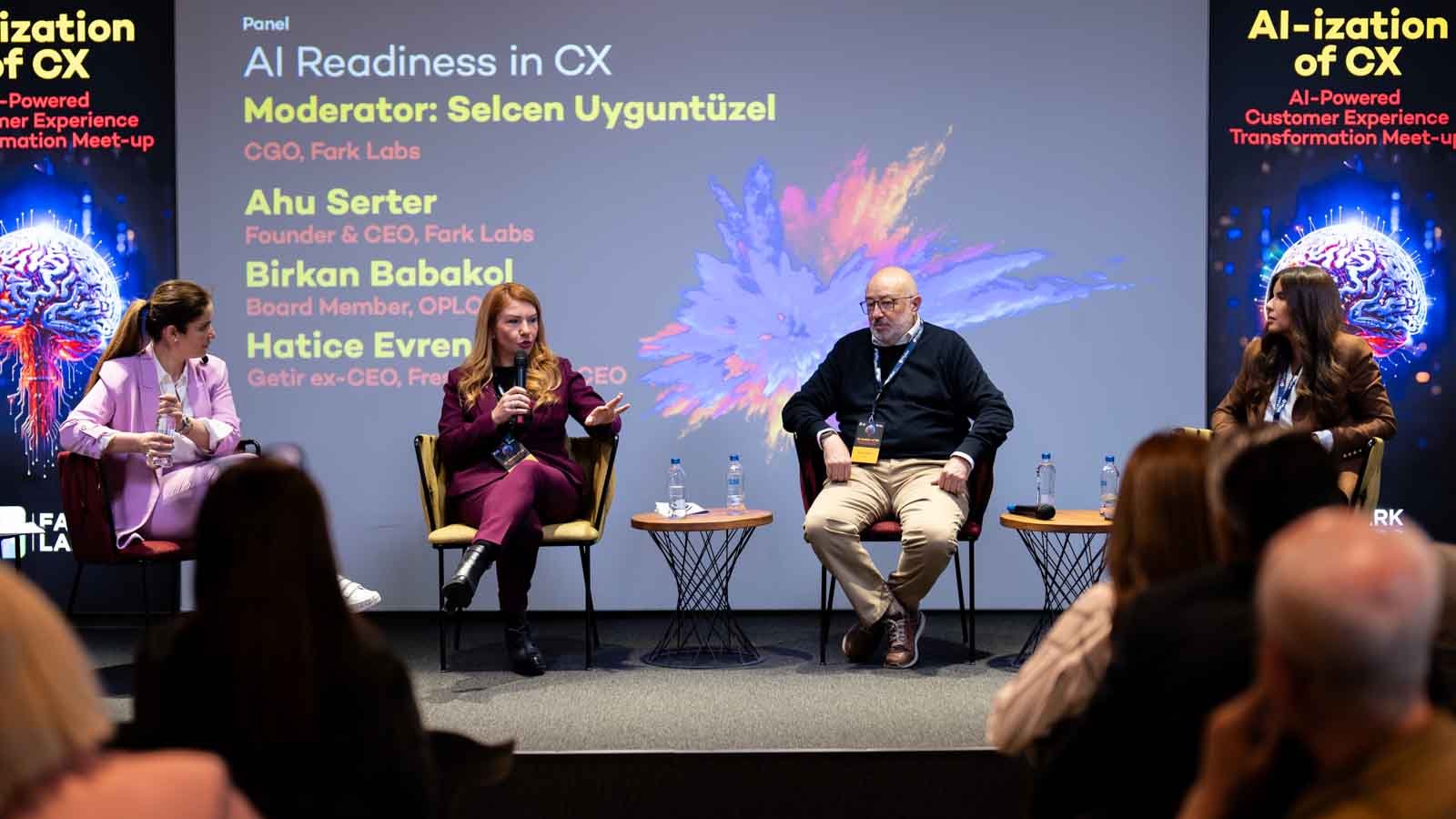This year, for the thirteenth time, the TÜREK – Turkey Wind Energy Association organized the Turkey Wind Energy Congress, offering an excellent opportunity to discuss the latest technological developments, innovative strategies, and future projections. The congress, held on November 5-6, 2024, was hosted at the Hilton Bomonti Hotel in Istanbul. During the sessions led by industry-leading experts and thought leaders, Çiğdem Yorgancıoğlu, a forensic expert specializing in Information Technology, Telecommunications, and Energy Contracts, and the senior editor of Energy Gazetesi, participated in the “Chi Ci Talks Short” session at the exhibition. In her various statements regarding World Türk TV and energy journalism, she mentioned the following:
Entrepreneurs, developers, sector and government stakeholders, academic institutions, and professional scholars; the energy sector requires a highly comprehensive and multidisciplinary approach. It also involves regulations. The energy sector means infrastructure, facilities, people, work, and environmental safety, which is a crucial element. Wind energy is not just a renewable energy source, but a critical infrastructure investment. It creates the need for remote monitoring and rapid intervention operations with smart cameras positioned at the right angles. As a result, while the challenges, opportunities, and advantages of the sector are discussed, there is also a need to increase awareness. It is extremely important to develop wind projects safely, scale their distribution, and accelerate them. In this regard, my forecasts are that a CRM (Crew Resource Management) approach based on Chi Lange Challenge CLC 360 could enhance the sustainability, safety, and resilience of the sector.

We are hearing more and more news about projects aimed at stimulating investment in renewable energy. Next-generation technologies designed to prevent service and efficiency losses during maintenance will continue to develop. It is necessary to evaluate these with meticulous work locally and regionally, and with a holistic approach globally. For instance, Africa is a completely different phenomenon in the field of renewable energy. It is a geography where the sunlight hits the earth at a direct angle. Both the sun and the wind will grow. In one of the works by the World Bank Group’s private sector arm IFC, it is pointed out that Sub-Saharan Africa has an annual potential of about 180,000 Terawatt-hours (TWh) of land wind energy. This means it could meet the continent’s electricity demand 250 times over, which indicates a tremendous potential. We must also remember that millions of people in Sub-Saharan Africa do not have access to electricity. The sector will grow; what is important is that the shares are fair, sustainable, and beneficial to humanity, while being developmental.
At the beginning of the new millennium, many wind farms were already established in Africa. A year after the establishment of one of these farms, I was in South Africa as part of an important leg of my world tour project. Similarly, after celebrating my birthday with a safari in Masai Mara, wind farms were established in Kenya the following year. Egypt and Morocco are also regions I have visited. There are rapid developments in solar and wind energy in Africa, and this will only accelerate. I was invited to an energy conference in Africa, but I will not be able to attend due to various reasons. Last month, an energy conference focusing on Africa was held in Istanbul, and there will be another Africa summit in Istanbul later this month. We will continue to talk about Africa. Meanwhile, while discussing wind farms in Africa, we are also keeping an eye on Nevada or Arizona in the United States; perhaps it will be the votes of farmers that will determine the direction. Today is a big day for the United States; we are focused on the 2024 Presidential elections. Global energy authorities are discussing the differences in the approaches of the two leaders. As we know, Trump had withdrawn from the Paris Climate Agreement. Whoever wins, it seems we will be talking more about Trump.

As a risk expert, I believe that discussions on wind turbine maintenance should cover not only issues like damage-free maintenance, environmental impacts, and effects on living organisms, but also the many specific areas related to the maritime and aviation sectors that I work on. The topic must be approached in a multilayered manner.
Risk and safety are areas that require a multidisciplinary approach, leaving no room for gaps. A meticulous approach must be adopted, with the importance of integration with future technologies kept in mind. Even the smallest sensor failure or calibration deviation should not be overlooked, as it can lead to significant damage, accidents, and problems. The global wind industry, in 2023, set a new record with 117 GW of new capacity added, using the wind as its driving force. This means that wind energy continues to grow, showing its best-ever performance. The Global Wind Energy Council’s 2024 Global Wind Report highlights that the target to triple renewable energy by 2030, driven by the growing political ambition at COP 28, has led to accelerated growth in the sector.
Wind energy will continue to grow in Turkey’s energy portfolio as well; the number and efficiency of wind power plants will increase. Industry stakeholders point out that the technology is evolving rapidly, and by the time we gain returns on current technologies, we will have already transitioned to newer ones. It will be crucial to see what the next-generation technologies will bring, particularly in terms of increasing financial resources and reducing costs. Expectations also include the need for legislative changes to further advance the sector.
The conference and exhibition are well-organized and productive. The inclusion of logistics engineering and occupational safety in the discussions is a very positive approach. Many insights and forecasts regarding the challenges of the sector are being shared and given proper attention. I wish all the speakers and participants success.
Çiğdem Yorgancıoğlu shared the following with Türkiye Haber Portalı regarding wind energy and the broader industry:
Wind energy has become a popular renewable energy source, especially in the aviation and maritime sectors in recent years. The MIM CHI 360 – CLC360 ENERGY – WIND program aims to explain how wind energy can be used in these industries in an ethical and safe way, contributing to the reduction of carbon emissions and helping to create a more sustainable future.

Çiğdem Yorgancıoğlu’s statements to Türkiye Haber Portalı emphasize that wind energy is an environmentally friendly alternative. While fossil fuels produce greenhouse gases when burned, wind energy produces no carbon emissions, making it a cleaner option with less impact on the environment.
In the aviation industry, wind energy can provide power for small aircraft and drones. This can contribute to reducing carbon footprints and help combat climate change.
However, modern wind turbines, with structures that can rise up to 250 meters, can pose a danger to low-flying aircraft. Turbines can create physical obstacles, especially near small airports. In these cases, it’s essential to assess obstacle limitation surfaces and flight corridors to ensure the safety of flight procedures. Additionally, the rotating blades of wind turbines can create turbulence, which can be hazardous for light aircraft.
These challenges, however, are solvable. The placement of wind turbines is crucial, as incorrect positioning can lead to significant costs. Companies like Airsight are working to solve the problems of the rapidly growing wind energy industry by conducting studies on aviation safety and turbulence caused by wind turbines.
In the maritime sector, wind energy can provide power for ships and boats, reducing dependence on fossil fuels. This not only lowers operating costs but also contributes to a sustainable and environmentally friendly maritime industry.
In conclusion, wind energy has the potential to revolutionize both the aviation and maritime sectors as a clean and renewable energy source, continuing to enhance its positive impact on the environment.



































